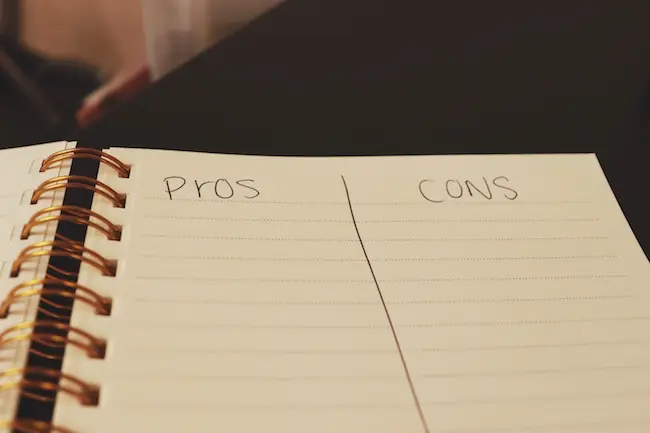The most common reason to evict a tenant from your San Diego rental property is nonpayment of rent. You may also be evicting for some other lease violation like the tenant having a pet that’s not allowed. Be careful if you’re evicting for anything other than nonpayment. Winning in court is difficult in those cases. San Diego owners need to follow a few specific steps to successfully evict a tenant.
Serve a Notice
Start by serving a notice to the tenant. We strongly advise you to call an eviction attorney and have one of their process servers serve the notice for you. This is important because getting the notice right is half the battle when you’re doing an eviction.
Judges have specific things they want to see when the eviction makes its way to court. For example, San Diego landlords can only ask for the amount of unpaid rent in the notice, and it must be filled out properly. Your notice needs to document the period that rent wasn’t paid, and instruct tenants on how to pay. Proper service is also important, and there are three main ways to serve this notice:
Personal Service – Go to the property, knock on the door, and if the tenant answers, hand over the notice. This is easy.
Substitute Service – Go to the property, knock on the door, and if someone other than the tenant answers the door, you can serve the notice as long as the person is 18 years or older. You’ll also need to mail this to the tenant.
Post and Mail Service – Go to the property, knock on the door, and if no one answers you can tape it to the door and then mail a copy.
After serving this notice, you’ll need to wait the three days before you can do anything else. Day one is the day after you serve the notice. If there’s a holiday or a weekend, you’ll need to wait until the following business day.
Summons and Complaint
Contact your attorney, and file the Summons and Complaint. The Summons tells the tenants why they are being sued, and the Compliant provides the legal reason for your court action. Wait between five and 15 days, depending on how the notice was served.
Once the notice period is up, the tenants can respond or not respond. If they don’t respond, you win and it cuts your time down. If your tenants do respond, a court date will be scheduled for about 20 days from that time. Should the judge rule in your favor, a writ of possession will be ordered.
Writ of Possession
The judge will order a judgment in your favor, and restitution for the court costs and attorney fees. Five to 14 days later, you’ll get a Writ of Possession. This gives instructions to the sheriff to lock the tenants out of the property. The sheriff will go to the property and notify them that they must be out in five days. If they are not out, they will be forcibly removed.
The total eviction time period is 45 to 60 days. It’s best to try to avoid the official eviction process. Try working with the tenants to avoid court and get them out early. The only people winning in court are the attorneys.
San Diego also has just cause eviction laws that affect when you can evict a tenant. For more information, check out the blogs below!
How the San Diego Just Cause Eviction Ordinance Affects Your Property
If you found this article helpful, follow us on social media. We post daily tips to help you manage your own rental property:
Steve Welty
Subscribe to our Weekly Newsletter
Join the 5k+ homeowners receiving Local Law Updates and Landlord Tips. Delivered to your inbox every Saturday at 6am PST.
Share this:
Get in touch with us:
We make owning rental property easy.
Choose Your Next Step
Good Life Blogs
We believe that education is empowering.
Pros and Cons of Hiring a Property Management Company
Read about the pros and cons of using a property management company to manage your rental properties. In this article, we touch on what makes a property management company beneficial but also why some people might be hesitant to hire.
Pros and Cons of Rent Control
The subject of rent control has become increasingly popular over the last couple decades. As rent prices continue to skyrocket across the country, more and more tenants get priced out of their homes and neighborhoods. This is why the majority of tenants are in favor of…
Section 8 in San Diego: How It Works
Rental assistance in San Diego is a hot topic as of late. Many landlords and property managers have heard of Section 8, but don’t know all the ins and outs of the program. As of January 2020, all landlords and property managers are required to accept Section 8 housing vouchers as a form of income…









